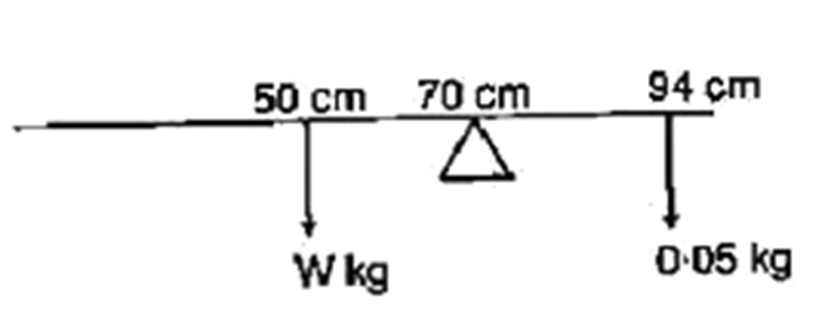Define one Newton.
ii) Write the relation between S.I. unit and C.G.S. unit of force.
i) One Newton is the amount of force required to produce an acceleration of 1 m/s2 in a body of mass 1 kg.
ii) 1 N =1 kg x 1 m/s2
= 103 x 102 gm cm/s2
1 N = 105 dynes







